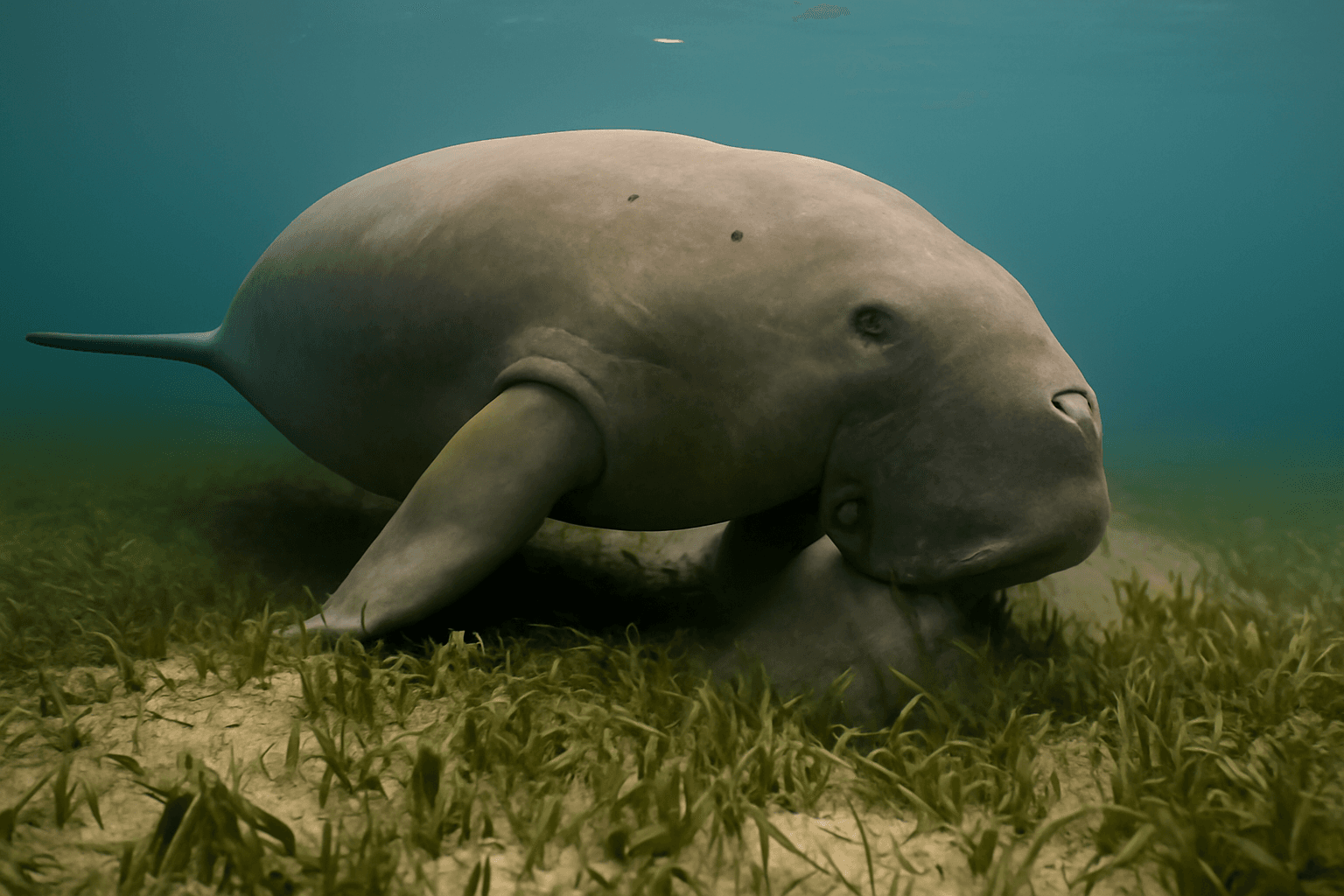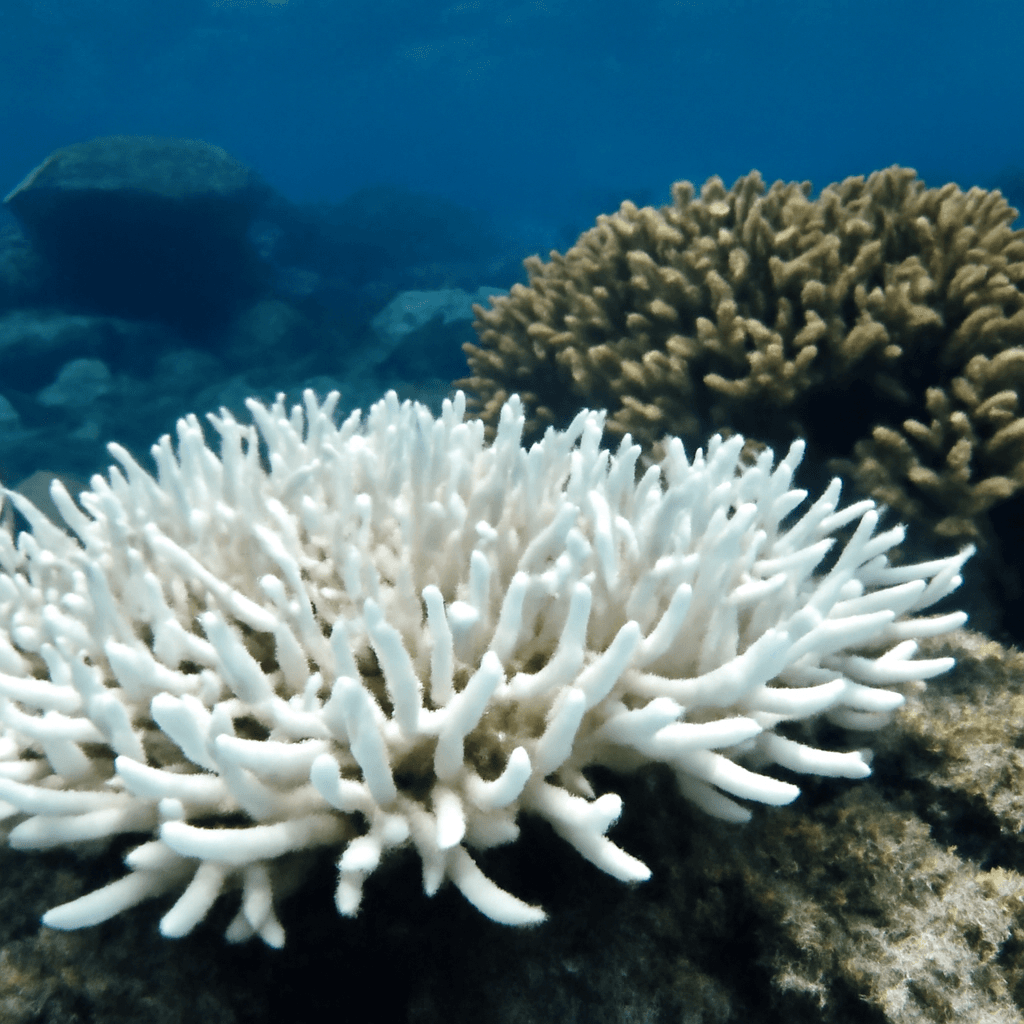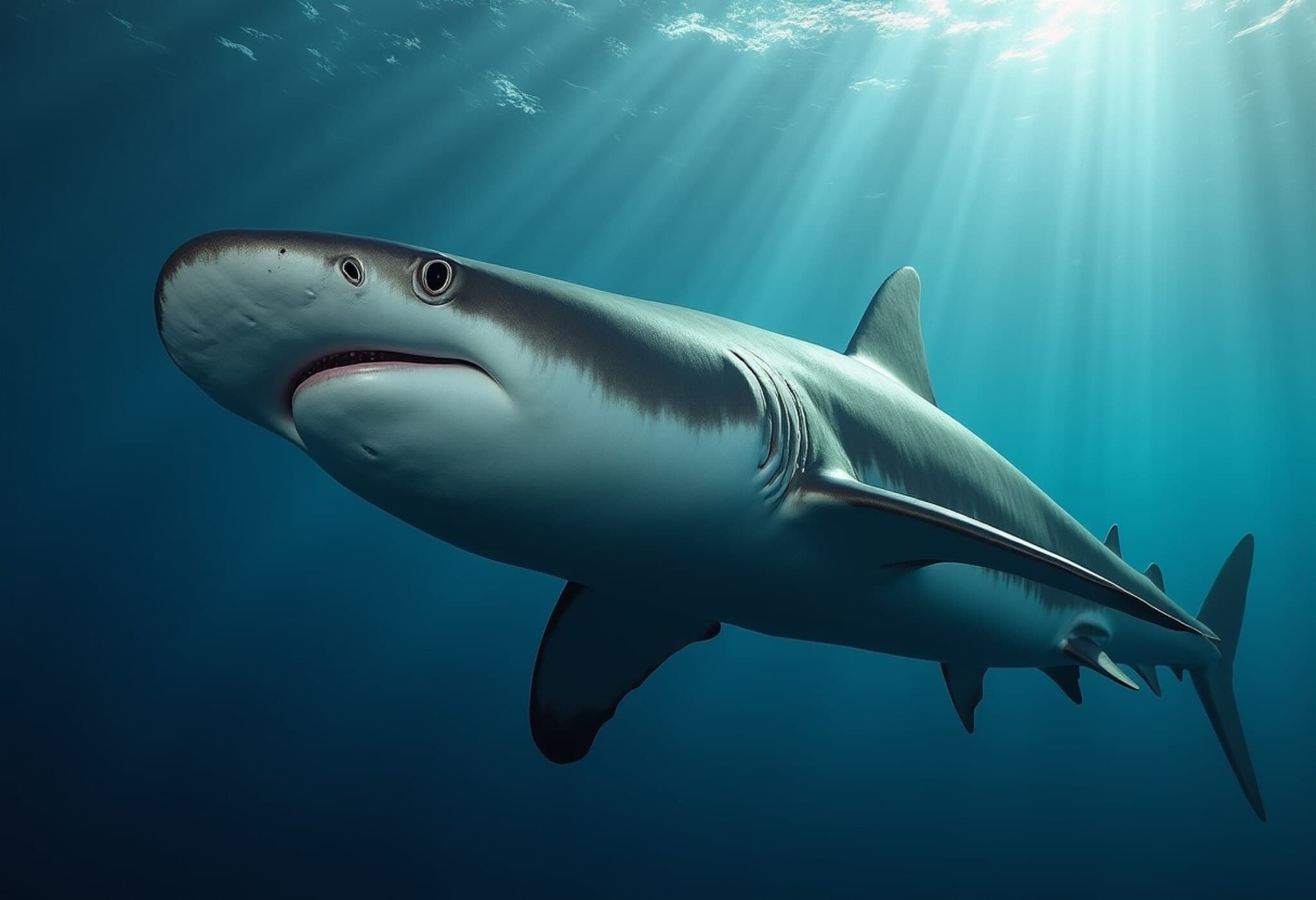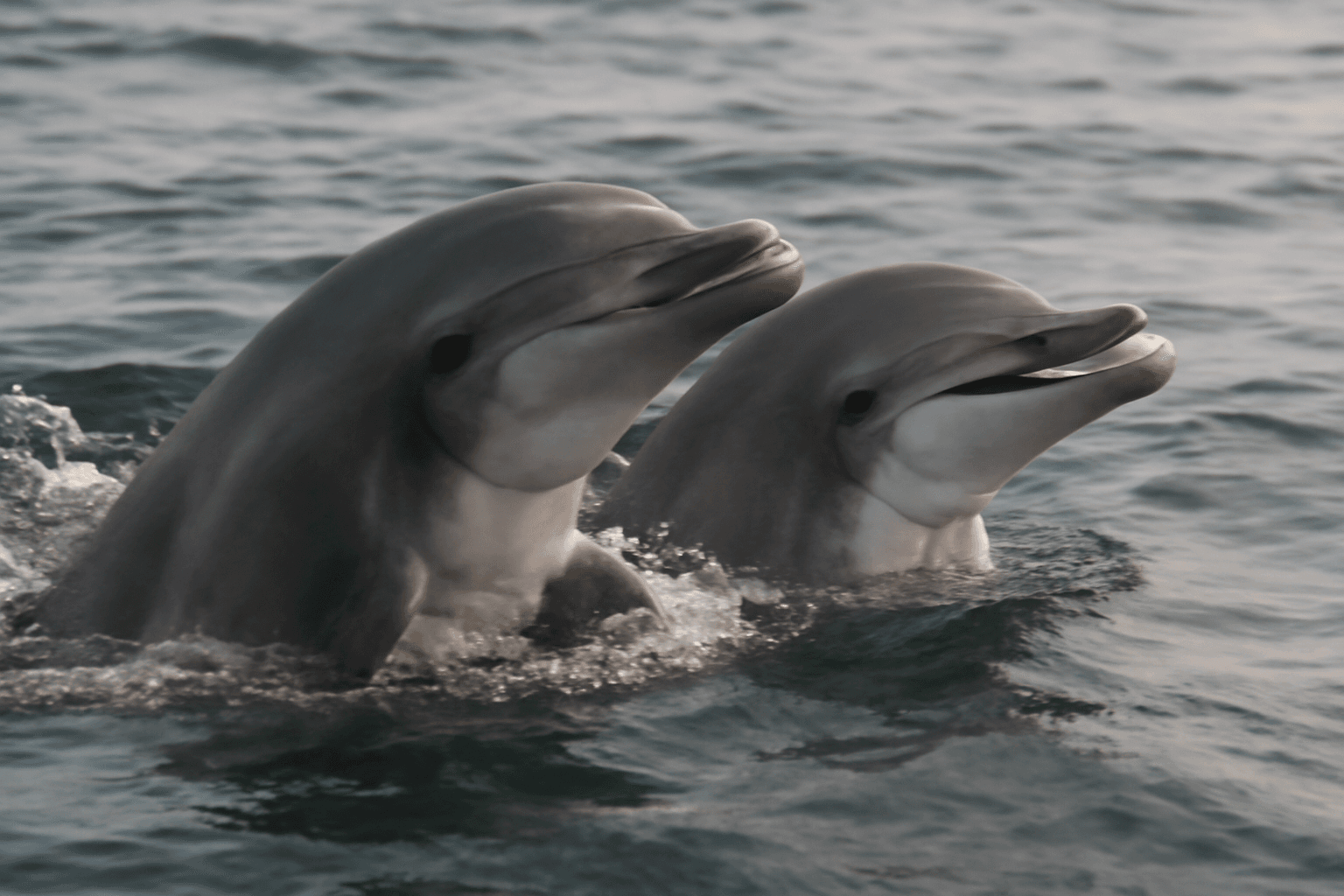The Curious Case of Sharks Freezing When Turned Upside Down
Have you ever wondered why sharks suddenly go limp when flipped onto their backs? This strange behavior, known as tonic immobility, is a fascinating phenomenon observed in various shark and ray species. Despite being widely documented, the reasons behind this freeze response remain elusive, puzzling scientists and marine enthusiasts alike.
What Is Tonic Immobility?
Tonic immobility is essentially a temporary paralysis or trance-like state triggered when certain animals are inverted or restrained. Among land animals, such as possums and rabbits, this behavior serves as a defensive strategy — “playing dead” to avoid predation. However, in marine predators like sharks, the purpose of this freezing is far less clear.
Exploring Tonic Immobility in Sharks and Rays
A recent study tested 13 species of sharks, rays, and chimaeras (ghost sharks) to observe whether they enter tonic immobility when gently turned upside down underwater. Intriguingly, seven species exhibited this freeze response, while six did not. Using evolutionary mapping, researchers traced the presence of this behavior through hundreds of millions of years of shark family history.
So, why do some sharks freeze, while others don’t?
Three Main Theories Behind Tonic Immobility
- Anti-predator defense: Playing dead to avoid being attacked.
- Reproductive role: During mating, males may invert females, possibly prompting immobility to reduce struggle.
- Sensory overload response: A shutdown triggered by extreme stimulation or stress.
Despite these plausible explanations, the evidence is not convincing. The anti-predator hypothesis falls short, especially since predators such as orcas exploit this behavior by flipping sharks and targeting their nutrient-rich livers. Regarding reproduction, remaining motionless might actually increase females’ vulnerability to forced mating rather than prevent it. The sensory overload theory remains untested, leaving it speculative.
An Evolutionary Relic Rather Than a Survival Tactic
Delving deeper, researchers suggest tonic immobility is most likely a vestige of ancient shark evolution, known as a “plesiomorphic” trait inherited from distant ancestors. Over time, multiple shark lineages independently lost this behavior. In habitats like coral reefs, where squeezing through crevices is vital for survival, going limp could be detrimental—getting stuck or exposed to threats.
This raises an important point: not every behavior animals display today serves a clear purpose. Some are simply evolutionary baggage—remnants that persist because they aren’t harmful enough to be phased out.
What This Means for Understanding Sharks
Far from a clever trick, tonic immobility is likely just a longstanding, inherited quirk. It challenges popular notions that sharks intentionally “play dead” for survival. Instead, this frozen state might be slow muscle memory etched deep into their evolutionary past.
Understanding this helps reshape how we interpret shark behavior and emphasizes the complexity of evolutionary adaptations beneath the ocean’s surface.
Key Takeaways
- Seven out of 13 shark and ray species display tonic immobility when inverted underwater.
- Common theories about its purpose, like predator avoidance or mating strategy, lack strong support.
- Tonic immobility is likely an ancient inherited trait, lost by some species over evolutionary time.
- In some environments, freezing could be disadvantageous, explaining why some species have dropped this behavior.
- Not all behaviors animals exhibit today are adaptive; some are historical quirks.
Next time you witness a shark freeze when flipped, remember it may not be a survival tactic but rather an echo from a very distant past.









